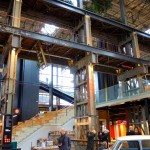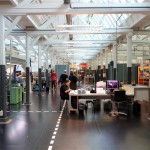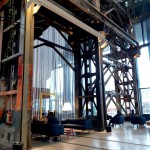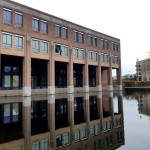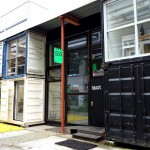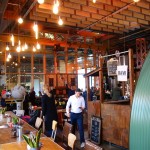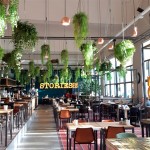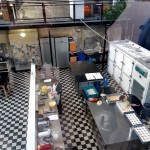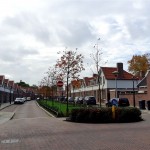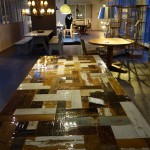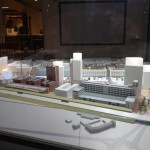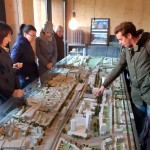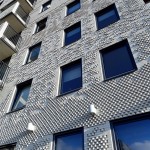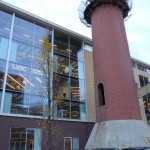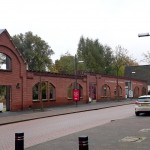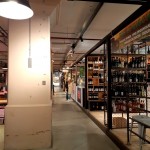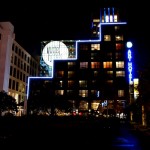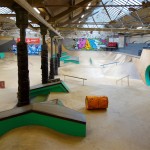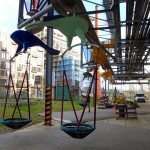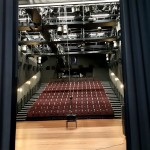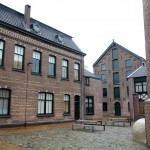Dutch experience – from defect to effect
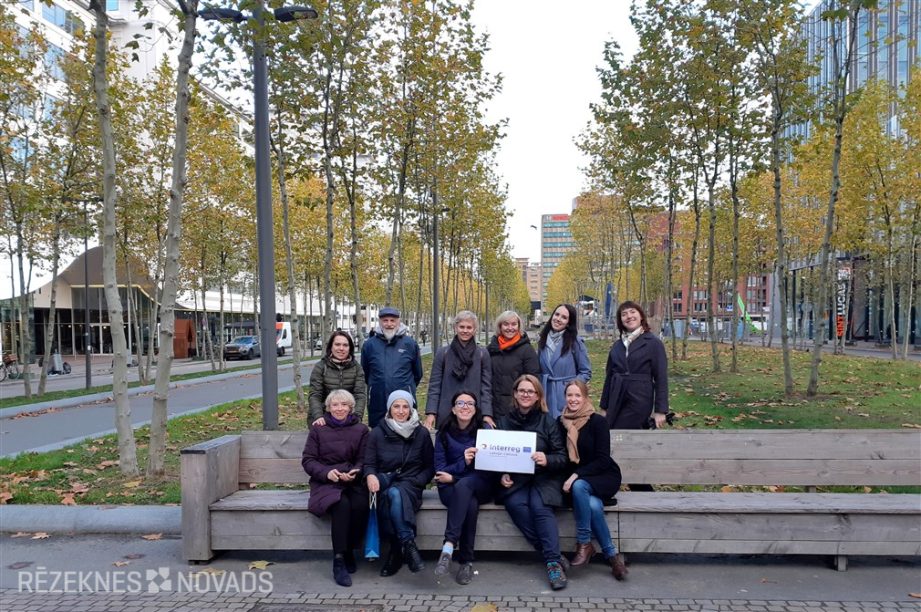
 At the beginning of November, Cynthia Batare and Tatjana Carklence, a local government development planning department, took part in an exchange of experience on the Netherlands cities Eindhoven and Tillberg, where they met the possibilities of restoration of degraded areas in local government.
At the beginning of November, Cynthia Batare and Tatjana Carklence, a local government development planning department, took part in an exchange of experience on the Netherlands cities Eindhoven and Tillberg, where they met the possibilities of restoration of degraded areas in local government.
The historic and modern, heavy metal structures and modern interiors - they are seen everyday by the people of Eindhoven and Tillberg and the guests who don't even think that some time ago there were half-collapsed and abandoned factory buildings, which the public considered to be something invalid, unaesthetic, demanding and unsavourable old.
The people, on the one hand, were right - Philip the company started to build the first bulb plants in Eindhoven as early as 1891. The demand for electricity was growing, resulting in the need to open new factory housing and to create jobs for women from the nearest and outermost rural areas. That time technology needed fine women's fingers! The company did not only provide jobs but also built family housing, created a hospital, library, sports club and stadium, thus competing with the Catholic Church's influence in the city.
A hundred years later, in the 1990 s, the world changed the economic situation and demand, so the company's management moved to Amsterdam, and the production sites to Asia, leaving empty buildings in Eindhoven. The municipality had to make an important decision to do with the difficult premises and the degraded areas.
Local society, architects and youth organisations also took part in the decision. At present, there are various sites in the former factory buildings - hotels, office buildings, cafes, restaurants, confectionery, art galleries, cinemas, etc. Some of the buildings are demolished and built by rental houses or parks. The municipality operates most of the projects in partnership with entrepreneurs and investors who are interested in investing in the construction of not only offices but also residential houses. In Eindhoven there is still a developed and growing high-tech sector, requiring at least 3000 qualified young specialists in engineering, mathematics and other fields each year. For example, a lot of jobs in the city are provided by one of the largest micro-chip manufacturers in the world - ASML Holding. The municipality also focuses on the development of the design area. Every year in Eindhoven there is a Dutch design week. One of the best design academies in the country and the world is located in this city. Many new technologies and communications companies are also being developed there.
If the buildings cannot be used for industrial purposes, they shall be offered by the local government to youth organisations, which in turn may provide skateparks and youth assembly places at the relevant location and object. The municipality partly finances these organisations, while additional funding is obtained by offering different leisure opportunities for city residents.
The development of the Tillberg city was also facilitated by the textile industry and the repair yard of the railway wagons in the 19 th century. In 1886, the area north of Tillberg railway station became an area where Dutch railway company Dutch Railways the trains were kept and repaired. After the closure of the textiles and wagons factory, the municipality, in cooperation with the population, installed a museum in place of the wool processing shop where it is possible to meet the stages of preparation of the materials, participate in seminars, sit in a cafe, or visit the textile shop store. Other former factory buildings turned into laboratories for new designers, where stakeholders can learn, for example, modern weaving techniques using digital stalls. In contrast, the repair factory buildings of train wagons have become libraries, event sites, skateparks, restaurants or parks. Residential houses or office spaces are built instead of other demolished buildings.
The experience of Dutch cities shows that any degraded area can be converted into a functional building or object if the population actively cooperates with the local government and participates in decision-making processes, not only by electing politicians who care for the development of the area, but also by actively participating in the development of the spatial plan and development programme.
Cynthia Batare,
project manager in the municipality of Rezekne
-------------------------------------------------------------
For reference.
Project activities are implemented within the framework OF the Interreg V-A Latvia - Lithuania programme 2014-2020 project LLI-386 “Trans-Form”.
Total project funding for seven project partners: 520 348,94 EURO.
Amount of funding allocated by the European Regional Development Fund (ERDF): EUR 442 296.58.
The content of this publication is fully the responsibility of the municipality of Rēzekne and is in no circumstances considered to be the official position of the European Union.
Project information: http://rezeknesnovads.lv/category/projekti/trans-form/
Program website: www.latlit.eu
Official EU website: www.europa.eu
